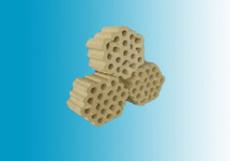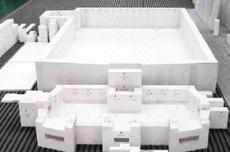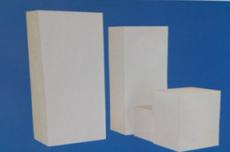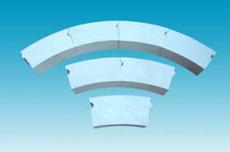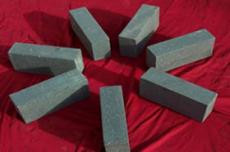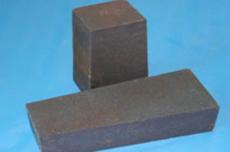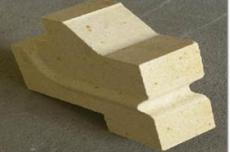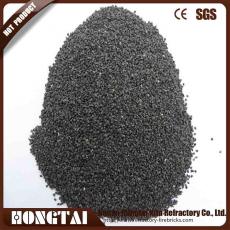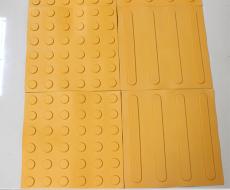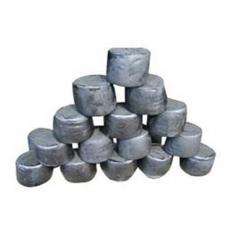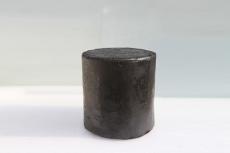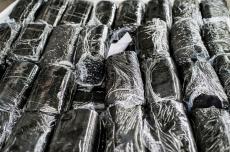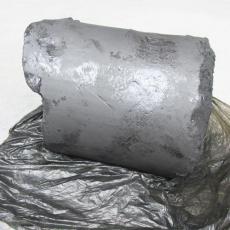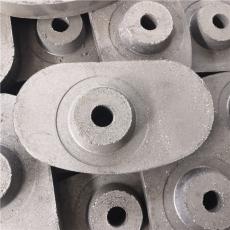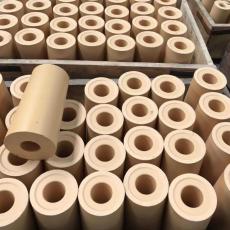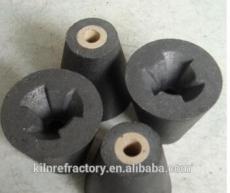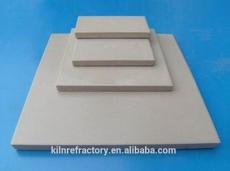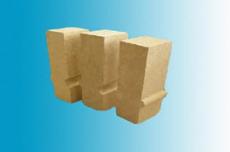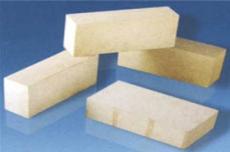
Under the erosion of flame and powder, the grid bricks in the regenerator are gradually melted into tumors, causing the checker to be blocked or even collapsed, reducing the heat storage capacity, making it difficult to discharge exhaust gas, and affecting melting. At present, the regenerator grid bricks of large and medium-sized glass factories in China mostly use magnesia chrome bricks, magnesia bricks, and high-quality high-purity zirconium corundum bricks that are highly resistant to alkali erosion. In foreign countries, fused bricks are used to extend the life of the regenerator checker. However, in recent years, in order to reduce costs, the use of petroleum coke powder as fuel will have a destructive effect on the alkaline lattice.
The methods of hot repairing regenerator checker are similar in every factory. Generally, the fast one only takes 24 hours, while the slow one takes about 48 hours. It mainly depends on the burning condition of the regenerator checker, the connection of the steps of the hot repair method and the coordination of various tasks.
Method for hot repair of air regenerator grid in furnace
Disassemble the expansion joint of the slope of the small hot-repair furnace, use an oxygen melting rod to cut a 60~80mm wide incision, and prepare a fire-stopping water bag or heat-resistant steel plate to cut off the influence of the large kiln flame on the regenerator. If it is a large partition (two small furnaces and one partition wall), you need to install two insulated water bags or insulated steel plates at the same time. Drop the branch flue gate of the small furnace to be hot repaired to reduce the impact on the hot repair.
Remove the insulation brick layer and door bricks of the regenerator door, insert a drain pipe on the regenerator grate, cover it with an iron plate and lay it flat on the grate to prevent broken bricks from falling under the grate. Thermal repair personnel use water guns to cool down the lattice body and walls. If the lattice body and walls are made of magnesia bricks, water cooling is not allowed. The waste bricks are removed while removing the bricks and making knots. Pay attention to protecting the furnace rods with iron plates.
After the regenerator checker is removed, check the condition of the furnace bars and clean the remaining fire rust with water. Only the high-alumina brick furnace bars can be added with water, and the others are not allowed to be flushed with water. Build the new regenerator checker from the inside out. At the same time, you can dismantle the lower door of the furnace bar and remove the dust, but be sure to prevent bricks from falling from above and hurt people. After the regenerator checker is coded, pull out the exhaust pipes, iron plates, etc. that protect the furnace bar. .
After removing the ash, build the lower door of the furnace bar, pull out the water-covered gate of the small furnace slope, and lift it up several times according to the situation. Generally, it can be completed within 24 hours. After blocking the door, clean up the scene and the hot repair is completed. Slowly raise the branch flue gate, gradually heat up and return to normal production status.
Thermal repair will cause pressure and temperature fluctuations in the kiln, and the longer the time, the greater the impact. After the hot repair is completed and the door is sealed, the temperature in the kiln will change. The melter must be aware of this and make timely adjustments to ensure normal production of the kiln. In the connected regenerator, during hot repair, the melter must be in close contact with the hot repair personnel to keep track of the progress of the hot repair. For safety reasons, warning signs must be hung during hot repair. When changing direction,contact first and then change the fire to avoid burn accidents.
